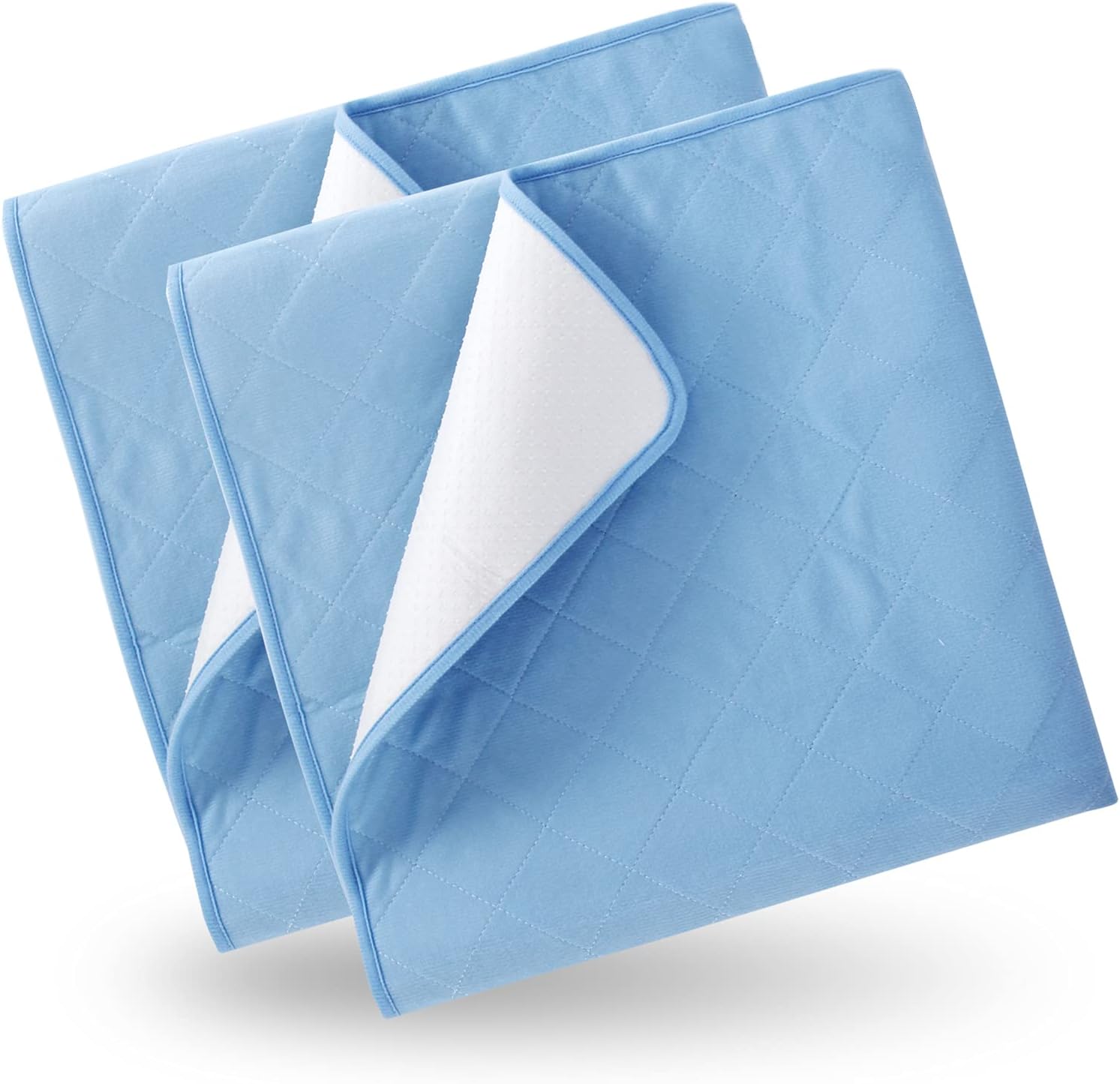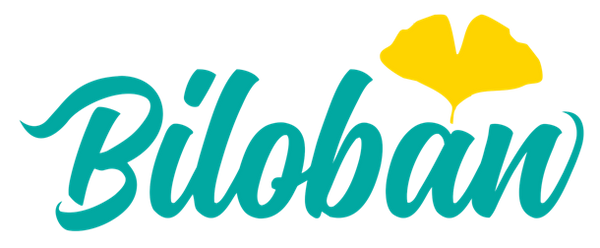Got questions about bottle-feeding? Here's everything you need to know to get started.
Whether you'll be feeding formula exclusively, combining it with nursing or using bottles to serve up expressed breast milk, here's everything you need to get started bottle-feeding your baby.
When Should I Introduce Baby to the Bottle?
Most newborns have little to no trouble figuring out how to suck from a baby bottle nipple, which is good news if you're using bottles right from the beginning — finally, one thing seems to come naturally!
If you're breastfeeding, however, it's recommended that you wait two or three weeks to introduce a bottle. Bottle-feeding earlier could potentially interfere with the successful establishment of breastfeeding, not because of so-called "nipple confusion" but because your breasts may not be stimulated enough to pump up supply. If you wait much later, baby may reject the unfamiliar bottle in favor of the breast because that's what she's gotten used to.
Signs Baby's Hungry
Ideally, you should feed your baby at the first signs of hunger. Don't wait for tears; by then, your little one may be uncomfortably hungry, especially the longer she cries. She might be tiny, but she'll make her needs known by:
- Nuzzling against your breasts
- Sucking furiously on her hands (or your shirt, or your arm)
- Opening her mouth
- Rooting reflex (baby turns her head to the side with her mouth open to find the food source, often after her cheek is stroked)
- Sucking on her lip or tongue (which can look like she's sticking her tongue out)
- Making lip-smacking sounds
- If she does cry, it will typically be a short, low-pitched wail that rises and falls
Bottle-Feeding Tips and Problems
One of the many benefits of bottle-feeding is that you, your partner, your parents and even a big sib can be involved, so it's definitely worth the effort to get things off on the right feeding foot. Keep in mind that when introducing the bottle, some babies take to it like a fish to water, while others need a little more practice (and coaxing) to get sucking down to a science. These how-to-bottle-feed do's and don'ts will help you get started.
Bottle-Feeding Do's
- DO let baby know that "milk's on" by stroking his or her cheek with your finger or the tip of the nipple. That will encourage your baby to "root" — or turn in the direction of the stroke. Then place the nipple gently between baby's lips and, hopefully, sucking will begin. If baby still doesn't get the picture, a drop of milk on the lips should clue her in.
- DO tilt the bottle up so the liquid always fills the nipple completely. If you don't, and air fills part of it, baby will be chasing formula down with air — a recipe for gassiness, which won't be much fun for either of you. Using disposable bottle liners (which automatically deflate and eliminate air pockets) or angled bottles that keep the formula pooled near the nipple are other useful ways to minimize gas. Keeping baby propped up in your arms instead of lying horizontal can also help.
- DO watch for signs that your baby has had her fill so you don't overdo it. Infants, especially newborns, can't always drain a bottle. If your baby drifts off to sleep after drinking several ounces, she has probably had enough. If she turns away from the bottle fussily after just a few minutes of sucking, she may be experiencing gas. If that's the case, burp her and offer her the bottle again. If she still rejects it, take that as a sign that the meal is over.
- DO make sure the nipple you're using is right for your baby. If your baby makes gulping and sputtering sounds during feedings, and milk tends to dribble out of the corners of her mouth, the flow is probably too fast. If she seems to work very hard at sucking and acts frustrated, the flow might be too slow. If that's the case, loosen the cap a tiny bit (if the cap is too tight it can create a vacuum), or try a new nipple
- DO enjoy the bonding experience. Bottle-feeding provides a delicious opportunity to get close to your baby. So take time to cuddle her, look into her eyes and talk or sing quietly to her. You can even open your shirt for some skin-to-skin contact if you want to for a little extra soothing.
Bottle-Feeding Don'ts
- DON'T warm bottles in the microwave. The convenience is tempting, but microwaving can heat bottles unevenly, creating hot spots that might burn your baby's mouth. Instead, run the bottle under hot water for a few minutes, put it in a bowl or pot of hot water or use a bottle warmer. You can also skip the warming altogether if your baby is content with a cold drink. Before you start feeding, give the bottle a good shake, then test the temperature — a few drops on the inside of your wrist will tell you if it's too hot. If the liquid's lukewarm, you're good to go.
- DON'T put your baby to bed with a bottle. Not only does this pose a choking hazard, it can also lead to ear infections and tooth decay (when she gets some teeth, of course).
- DON'T add cereal to formula or breast milk. Despite the hype that doing so will help your baby sleep through the night, this is a definite no-no without your doctor's say-so when introducing the bottle. Cereal is difficult for babies to swallow, plus your little one might pack on too many pounds if she's chowing down more than she should.
- DON'T mess with the formula. There's careful science behind the nutrition in baby formula, so read the prep directions carefully and stick to them. Different formulas may require different ratios of powder/liquid concentrate to water if you use that kind. Add too much water, and your baby won't get the nutrition she needs. Add too little water, and you risk dehydrating her and overloading her kidneys.
Bottle-Feeding Problems and Solutions
Occasionally, problems with bottle-feeding do crop up, but the good news is that they're normal and almost always easy to solve. Whether your baby refuses the bottle, develops a milk allergy or has other troubles, tap into these simple strategies to fix common bottle-feeding problems.
How Much Should I Give My Baby During Each Feeding?
Start your newborn out slowly. For the first week or so, your baby will probably take about 1 or 2 ounces at each feeding (every 3 to 4 hours or on demand). Gradually up the ounces, adding more as the demand becomes greater, but never push baby to take more than she wants. The same rules apply if you're combining formula with breast milk or using bottles for pumped milk: Give your baby only as much as she's hungry for, with no prodding to finish any particular amount.
A very rough general rule of thumb is to take your baby's weight and multiply it by 2.5 — that's the total number of ounces to feed your baby over the course of a 24-hour period. So if your baby weighs 10 pounds, she should be drinking roughly 20 to 25 ounces per day — or about three to four ounces every four hours. Need more guidance? Check in with your pediatrician about how much to give your baby.
What Kind of Bottle Is Right for My Baby?
Choosing the best bottles and nipples for your baby can be daunting, with such a dizzying array of options available. Ask friends for recommendations, read product reviews, and do your research — but be ready for some trial and error, too. Ultimately, finding the right bottle-nipple combination is all about learning your little one's preferences. Some babies prefer a certain nipple shape or bottle variety; others aren't picky at all. You can't control what your baby likes, so keep calm, be open to experimenting — and try a few options before you stock up. Here are some key questions to consider that can help you pick the best bottle for your baby.
Bonding With Baby During Bottle-Feeding
If you're worried that you won't bond as much with your baby if you bottle-feed than you would with breastfeeding, don't. You can definitely bond with your little one while you're giving her a bottle. The key is to make feeding time not just about food, but also about love, affection and attention from you or your partner and about forming that close connection all of you crave. Need more help? These tips on how to boost the bonding experience while bottle-feeding should do the trick.
Weaning From Breast to Bottle
Ready to offer that first bottle to your breastfed baby? If you're lucky, your baby will take to it like an old friend, eagerly latching on and lapping up the contents. Or she may take a little time to warm up to this unfamiliar, new source of food. Keeping these weaning tips in mind will help transition your baby from the breast to the bottle more smoothly.
You may have more success if you ease into it. For example, if your schedule will require you to regularly miss two feedings during the day, switch to the bottle one feeding at a time, starting around two weeks before you plan to go back to work or school. Give your baby a full week to get used to the single bottle-feeding before moving on to two. This will not only help your baby adjust gradually, but your breasts, too, if you'll be supplementing with formula instead of pumping and feeding breast milk.
When it comes to bottle-feeding, babies tend to react and adapt differently. The one thing that's constant is that in time, your cute (and growing!) little eater will get used to it — and pretty soon will be taking the bottle like a pro.
Biloban is a manufacturer of baby bedding products. Our aim is to offer super comfortable baby bedding products in affordable price. We have the best Pack N Play mattress pad. Our products can help your baby sleep well.






